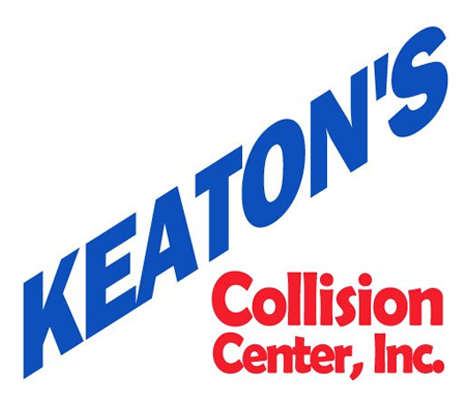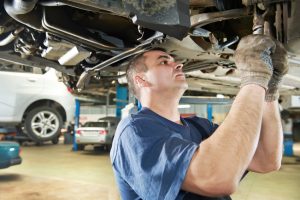Your main auto-related worry may be whether your car functions as it should, but you shouldn’t let aesthetics fall by the wayside. It may not directly impact how your vehicle operates, but it will affect the value of your car. And ultimately, the look of your car can impact how others perceive you and how you feel about yourself.
Around 95% of all trucks, cars, and SUVs have a clear coat finish when they come out of the factory. But that doesn’t mean that their shiny appearance will last forever, especially if you drive in rough conditions or try to make auto repairs yourself. If you fail to take your car to an auto body shop (or send it to one that has a poor reputation), the appearance of your car could be further compromised. Here are just a few of the most common auto body paint problems owners deal with and what you should do about them if you spot them on your own vehicle.
Cracking
Paint cracking can be caused by another of factors, including poor flash time between coats, force drying of undercoats (or excessively thick ones), improper paint mixture, excessive hardener use, and exposure to extreme temperatures or moisture. No matter the cause, it can be identified by the distinctive lines or cracks that appear in the topcoat on your vehicle. The marks don’t always have the same length or width, but they’re often referred to as “alligatoring” and look kind of like the cracks that appear in dried mud. Unfortunately, there’s no easy fix for this problem; you’ll have to take your car in for auto repairs, where your technician will remove the cracked paint film and then refinish the car.
Bleeding
When the original color or finish of your car seeps through to the new topcoat color, this is what experts refer to as bleeding. This often happens with older red hues, in particular, but can occur when any kind of soluble pigment isn’t removed properly before the car is repainted. To prevent this, areas need to be cleaned and sanded properly before they’re painted (especially when painting a light color on top of a darker one). Your technician will be sure to follow the proper procedures for repainting so that bleeding does not occur.
Dust and Dirt Contamination
Have you noticed small bumps on or underneath your vehicle’s paint finish? If so, it could be due to dirt or dust contamination. This can often be attributed to a car being repainted in a dusty environment with poor ventilation or by someone who has carried these contaminants on their clothing. If the problem is limited to specific areas of the vehicle, it’s possible to sand them down and then polish them. But if the issue spans the entire car, you should definitely get a professional’s opinion. Make sure that if you take the car to an auto repair facility for body work that the area and equipment are clean and that the shop has a stellar reputation.
Poor Paint Matching
If you need to take your car in to have components replaced (like doors, side mirrors, bumpers, etc.), you’ll want to ensure that the new panels match the old ones exactly. This can be difficult if you have an older or customized vehicle, which would require your technician to color match the new panels to the ones that already exist on the car. And even if the color is correct, a poor application can have a negative effect on the final look. In a situation like this, you’ll do well to schedule an appointment at an auto repair facility that specializes in this kind of body work. That way, you’ll be happy with the result and you won’t have to spend more time and money to achieve the look you want.
Doing your auto body work is never a good idea, as there are numerous parts of the process that can trip you up. Small mistakes will usually translate into big aesthetic problems and can cost you a lot more in the long run. To avoid issues like these, be sure to bring your car in to the finest automotive paint shop Barboursville WV has to provide.


Recent Comments